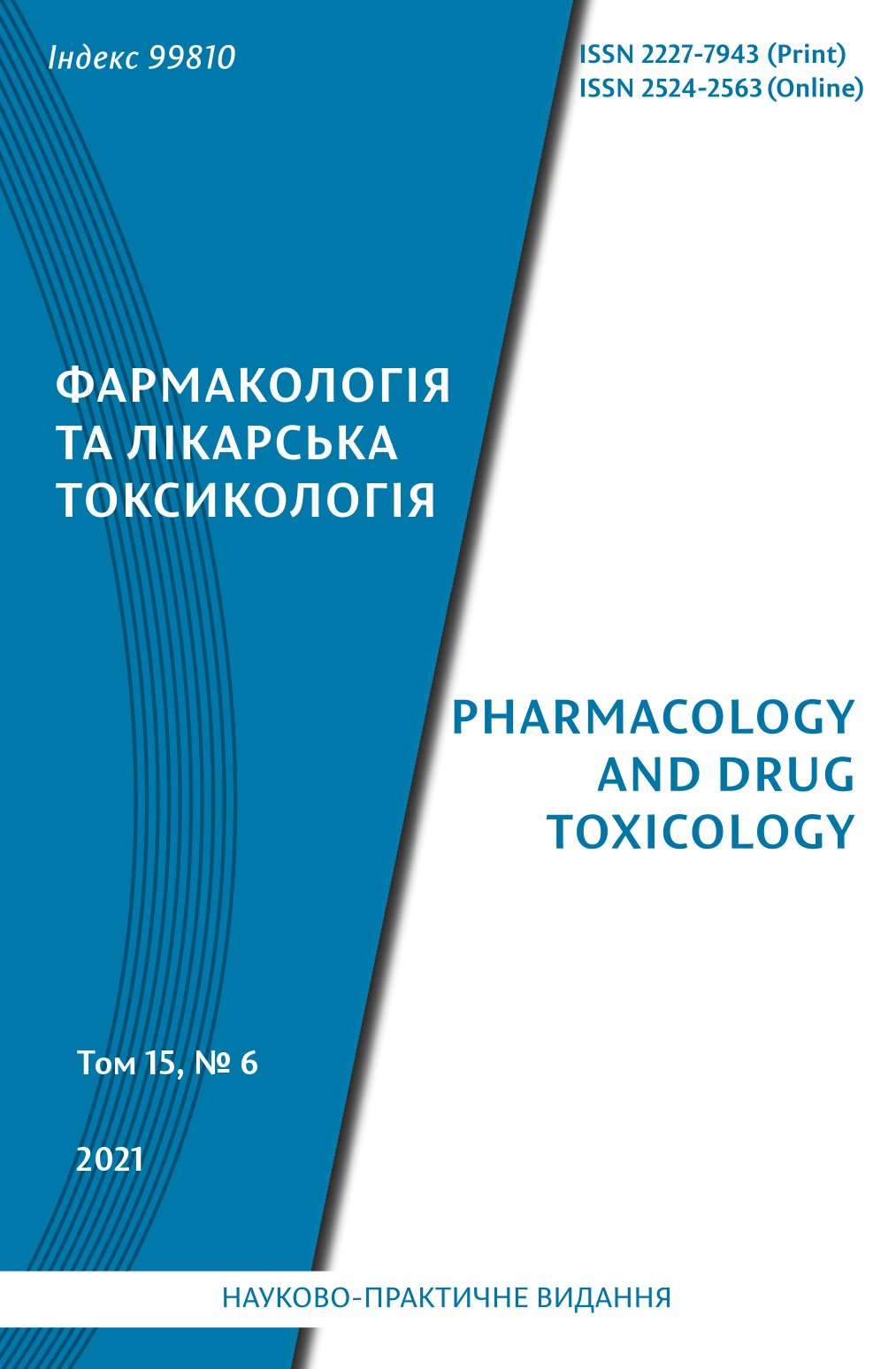Abstract
The restoration of melatonin content under the experimental metabolic syndrome induced by the exposure to round-the-clock lighting (RCL) and carbohydrate-lipid diet (CLD) has been proven as insufficient for correcting metabolic disorders due to the possible development of pathological processes resulted from prolonged activation of redox-sensitive transcription factors. The recent studies have demonstrated the capability of bioflavonoids, epigallocatechin-3-gallate (EGCG) and quercetin, to impact on NF-κB and Nrf2-dependent signalling pathways: this fact determines the appropriateness of their further investigation as promising means of pathogenetically-based therapy for metabolic syndrome.
The purpose of this work is to investigate the effect, which EGCG and quercetin can produce on oxidative-nitrosative stress in the homogenate of cerebral hemispheres in rats exposed to RCL and kept on CLD.
The study was performed on 32 white male Wistar rats weighing 215–255 g, divided into 4 groups: the 1st included intact animals (control I); animals of other groups, exposed to RCL and kept on CLD, daily received 1 ml of 20 % aqueous solution of fructose (placebo, control II), EGCG (group III), and quercetin
(group IV) in a dose of 40 and 200 mg/kg, respectively. The substances were administered intragastrically by gavage. To enhance their solubility and bioavailability, bioflavonoids were given in combination with carbohydrates (20 % aqueous fructose solution). The rats were being kept on CLD for 2 months: the animals received 20 % aqueous fructose solution for drinking and a diet rich in carbohydrates and fats. Since the 30th day of the experiment, the rats were exposed to RCL with 1500 lux intensity over the next 30 days.
The administration of EGCG and quercetin in the experiment considerably restricted production of superoxide anion radical in the homogenate of cerebral hemispheres by microsomal monooxygenases and NO synthase (NOS) by 40.6 and 41.6 %, by the mitochondrial respiratory chain – by 40.6 and 38.0 %, and
by the leukocyte NADPH oxidase – by 36.3 % and 33.8 %, respectively, compared to the respective findings in the control II. In the homogenate of cerebral hemispheres the total NOS activity was down by 41.0 and 31.9 %, the activity of its inducible isoform declined by 45.3 and 35.6 %; there was a growth in the
activity of NOS constitutive isoenzyme by 106.0 and 93.5 %, and an increase of its coupling index in 3.38 and 3.23 times compared to the control II. The concentration of peroxynitrites of alkali and alkaline earth metals fell by 31.8 and 35.5 %, respectively.
The capability of EGCG and quercetin to restrain oxidative-nitrosative stress in the brain under the above-mentioned experimental conditions determines the necessity for further investigation of bioflavonoids as safe means for the therapy and prevention of neuroinflammation and other neuropathological
processes, which may be caused by the impact of risk factors for diseases of civilization («Western diet», disorders of circadian rhythms).
